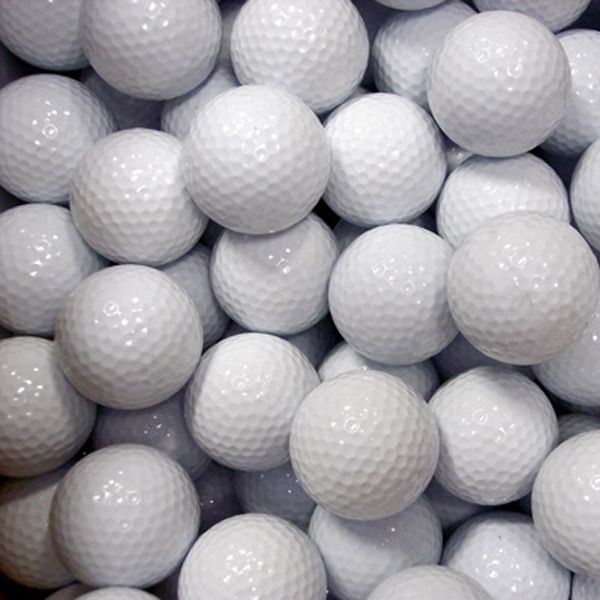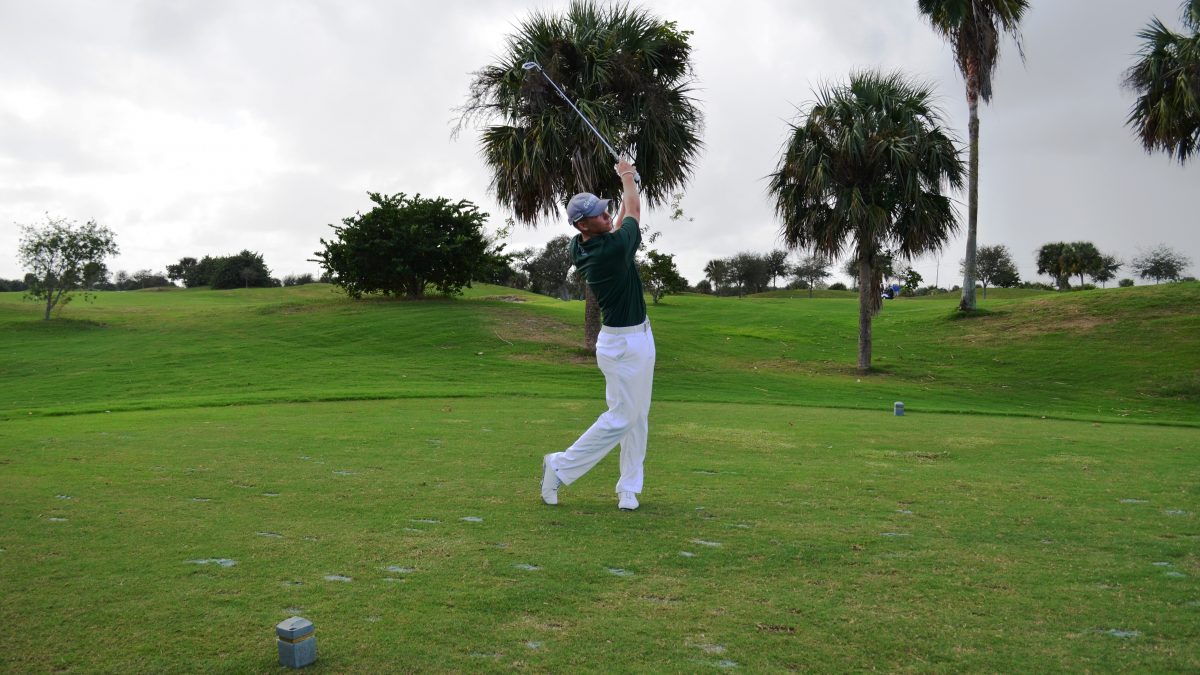Navigating The Golf Ball Product Maze
One thing the world will never run out of is golf balls. Wandering the aisles of the PGA show, I found no less than a dozen ball manufacturers. I guess it’s nice to make a product that often gets lost with one swing of the crooked stick. I’m all for competition, but what I find most interesting is how each company makes several kinds of orbs in their repertoire. There are soft balls, spin balls, high flight, low flight, weight-balanced or multi-layered. It is enough to make your head explode. Most golfers I know couldn’t care less. What matters most to the average player is price, because they aren’t good enough to feel a difference from one ball to the next. Unless it’s a Christmas gift, they’re not going to shell out $60 for a dozen tour-something that won’t make a bit of difference in their game.
I have been playing for 58 years at a pretty high level, and to be honest, it is getting to the point where I have difficulty noting a difference from one brand to another. One of my students gave me a ball he purchased from an internet distributor; it felt just like that #1 ball in golf to me at a third of the cost. Heck, I’m not proud, I bought a dozen for myself. What a country! So many choices. Makes you wonder why anyone would scrounge around the water-ball bin when you can pick up a new dozen for the same price.
Capitalism, isn’t it grand? No matter what, there is something for everyone. No matter how many golf balls must drown, there’s another coming down the never-ending assembly line.







 By Mark Harman USGTF Course Director, Ridgeland, South Carolina
By Mark Harman USGTF Course Director, Ridgeland, South Carolina
